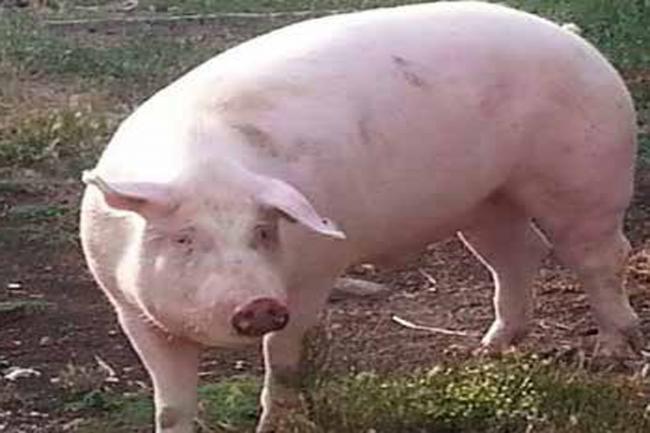GOI ANTIBIOTICFREE - Reduction of the use of antibiotics in heavy pig farms: productive and qualitative effects

The goal of the work is the reduction of antibiotics in heavy pigs. All production and pork quality data will be collected. The inappropriate use of the antibiotic is in fact an important risk factor both for the health of livestock and of people. The results will lead to a reduction in the amount of antibiotic used on the basis of the good practices proposed and the indications of the farm veterinarian and the definition of a protocol of reduction of the antibiotic according to the company characteristics and the breeding phase.
To know the market expectations and demands for antibiotic use interviews will be carried out in slaughterhous, sausage factory and large retail chain and by a focus group discussion among farmers.
The second phase includes an ex ante evaluation of the use of antibiotic, the level of biosecurity and animal welfare with recommendations for improvements.
The third phase will be the collection and statistic elaboration of data for breeding, slaughter and pork
quality.
In addition, costs and benefits will be analyzed to evaluate the effectiveness, feasibility and economic
sustainability of the planned interventions.
The last activity is the dissemination and coaching of companies involved.
The plan operates in the typical areas of PDO and PGI production of heavy pork meat.
In this project two phases of the supply chain are directly involved: breeding and slaughtering.
Therefore the relapses are both environmental and social.
The reduction in the use of antibiotics in pig farming determines a consequent reduction of residues of
these substances in the dejections and therefore through the agronomic spreading.
Social repercussions are related to food safety concerns due to the direct and indirect effects on the
population of bacteria normally present mainly in the gastrointestinal tract of the animal for slaughter.
The increase in antibiotic resistance is directly linked to the excessive use of antibiotics in veterinary
animal husbandry on farms.
It is therefore clear that a protocol aimed at reducing the use of antimicrobials in livestock farms meets
these concerns with a view to increasing health and food safety of the population.
The main expected benefits are of a health / environmental, commercial and qualitative nature.
The decrease in the use of antibiotics in pig farming means that they are less dispersed into the environment, with a lower risk of developing antibiotic resistant microbial strains.
Expected benefits are also of an economic nature. In fact, the health costs related to the use of antibiotics in breeding are equal, for the fattening phase alone, to more than 4 euro/head.
Quality benefits are linked to the welfare of pigs brought to slaughter after the application of the antibiotic reduction protocol, with possible consequences for the aroma, juiciness and consistency of the meat.
Main beneficiaries of the project results are the pig farmers that will be able to take advantage of the indications emerging from the research thanks to the dissemination and coaching activities.
Guidelines for the reduction of the use of antibiotics on pig farms will be provided and availlable for the entire regional pig industry.
The main result indicator is the reduced use of anitbiotics in relation to the application of procedures agreed with the farm veterinarian. Therefore a quantitative evaluation of the drug use will be made with respect to the farm's historical data.
Other indicators are related, for each pig farm, to welfare, economic performances (production costs), meat quality and health status of slaughtered pigs on the basis of postmortem inspection outcomes (pulmonary, liver and gastric scores).
| Titolo/Descrizione | Url | Tipologia |
|---|---|---|
|
Reduction of the use of antibiotics in heavy pig farms: productive and qualitative effects - GOI ANTIBIOTICFREE
|
Sito web
|
|
|
CRPA
|
Altro
|
|
|
Fondazione CRPA
|
Altro
|
|
|
Raccolta schede sulle buone pratiche e sulle procedure operative standard
|
Materiali utili
|
|
|
Articoli Antibiotic-free
|
Materiali utili
|
|
|
Video del Convegno finale del 10 giugno 2021
|
Materiali utili
|